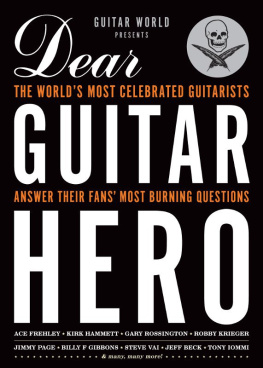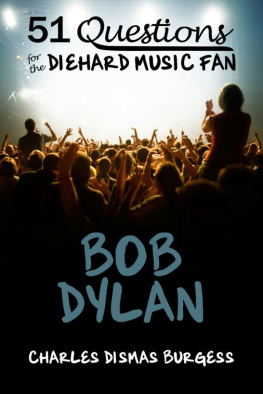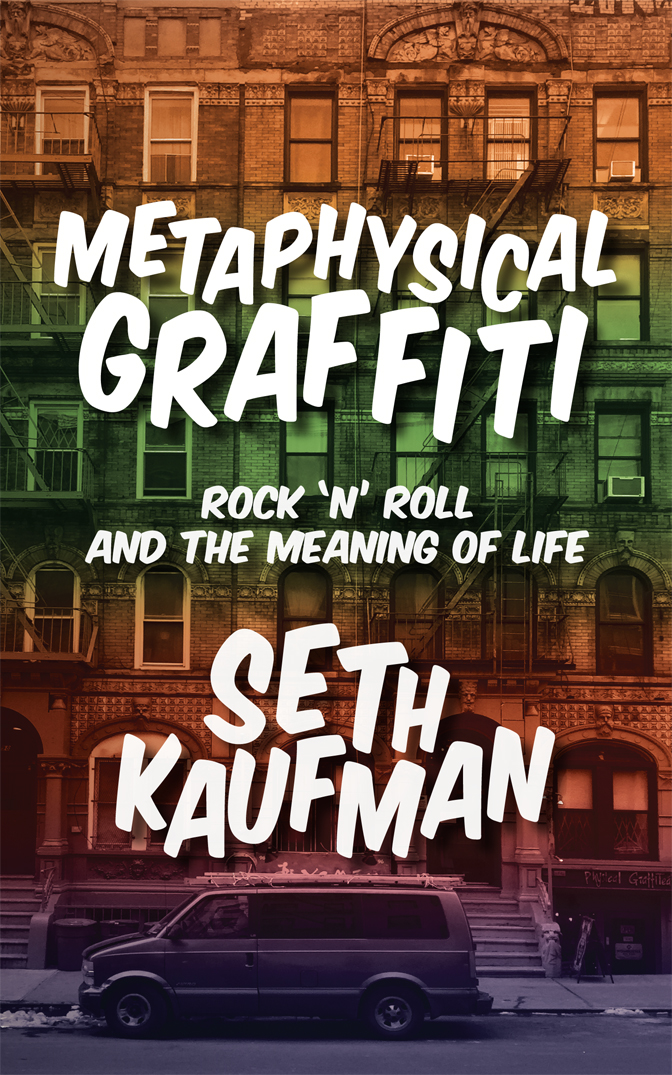Table of Contents
Guide


2018, 2019 Seth Kaufman
All rights information:
Visit our website at www.orbooks.com
First trade printing 2019
In My Glee Tribute to Lou Reed Episode first appeared in newyorker.com.
All rights reserved. No part of this book may be reproduced or transmitted in any form or by any means, electronic or mechanical, including photocopy, recording, or any information storage retrieval system, without permission in writing from the publisher, except brief passages for review purposes.
Library of Congress Cataloging-in-Publication Data: A catalog record for this book is available from the Library of Congress.
British Library Cataloging in Publication Data: A catalog record for this book is available from the British Library.
Typeset by Lapiz Digital Services.
Published for the book trade by OR Books in partnership with Counterpoint Press.
Distributed to the trade by Publishers Group West.
paperback ISBN 978-1-949017-08-3 ebook ISBN 978-1-949017-09-0
This is for Daniel Blackman,
Jamie Pallot, Mitch Rosen, Dan Roth
and Seth Walter. Rock stars all.
CONTENTS
THE ANNE AND BERNARD SPITZER HALL OF HUMAN ORIGINS IN the American Museum of Natural History in New York City gives visitors an overview of millions of years of human history. Its a slick and informative exhibit about our ancestors and evolution. Among the highlights on display, you can see Lucy, the finest 2-to-4 million-year-old hominid specimen in existence.
The exhibit has a small display about music, which of course is very much part of the human experience, and unique to the species. Birds arent singing because they are happy. They make sounds that may sound like music at times, but those sounds are not music; no, those sounds are the result of an ingrained, inherited reflex.
A section in the music display is titled HOW AND WHY DID MUSIC ORIGINATE? It speculates on a number of possible social functions of music, noting it could have been used for courtship, territorial claims, and uniting social groups. And it ends with this: Whatever its original uses, music is now present in every human culture, implying that a biological capacity for music evolved early in our species history.
I love this sign because, in a world-class museum that is dedicated to studying, cataloging, displaying and explaining so much of the natural world, what this sign really says is: Nobody knows when or why music first started, but we think it must be goddamn important.
So music, it turns out, is a bigger black hole than a black hole itself. Im not kidding: Go to New Yorks Rose Center for Earth and Space, right next door to the Museum of Natural History, and you will see that we know far more about the origins and the structure of the universe than we do about the origins of music. Theres even a super-cool four-minute movie exhibit in a concave theater about the Big Bang. Its a bit more elaborate than three or four speculative paragraphs about the origins of music at Spitzer Hall.
This makes sense. The first music left no swirling cosmos to measure, no rate of expansion, no bones to examine, no sheet music, no instruments. There was no iPhone to capture the first handclap, the first drumbeat, or the first harmony, never mind the first songall those initial sounds have vanished. Perhaps one day scientists will be able to somehow capture the ancient sound waves of Lucy singing in Kenya to her hominid clan. But until those long-vanished waves are retrievedwhich seems like a plot from an unwritten Michael Crichton novelwe are clueless.
The other reason I love the sign at Spitzer Hall is that Ive been asking myself why music exists and what its purpose is ever since I heard Mr. Roboto, a ridiculous song by Styx, in the mid-1980s. And the museum answeror non-answermay be frustrating at first, but I also find it empowering. If theres no answer to the Biggest QuestionWhy music?and all the smartest guys in the museum have to work with is speculation, then the other Big Questions that consume us about music and music cultureBeatles or Stones? Does Rush Suck?seem equally open to debate and speculation, and perhaps, in relative terms, are potentially answerable.
Metaphysical Graffiti tackles some of the most important and contentious Big Questions about music, specifically rock and pop music, and about those who listen to it. The BQs may seem inane to someone who doesnt see the importance or the difficulty of picking the Beatles over the Stones or the Stones over the Beatles. Questioning the authenticity of Billy Joel may seem absurd to someone who doesnt care about Billy Joel in the first place, or (shudder!) loves him unquestioningly, or doesnt care about why they shouldnt care about Billy Joel. But these are not just stupid/funny rockhead questions to inspire comic debatealthough they are that, too. They are also questions that, if we take them seriously, force us to look deeper into the relationship between music and our lives, and how we are shaped and how music is shaped.
In the end, I hope this book will provide some insight into difficult questions. Not to the original Why music? questionwhich no doubt is rooted in strengthening communal bonding among hunter-gatherers, finding the perfect mate, or some other very sensible social evolutionary reason. But answers to the meaning of music for each of us, and answers to the questions that music inspires. Ultimately, music is fascinating not just because of the complexity of notes or its sophisticated meter or its moving lyrics, but because of its many mystical powers to move us and consume us, to make us want to dance, to listen to it over and over again, or rush to turn it off, or analyze it, feel it, react to it, judge it, bathe in it or reject it, and then re-engage with it all over again.
And then, in a perfect world, find somebody you can argue with about it.
FOR MANY, THE ALL-ENCOMPASSING QUESTION BEATLES OR Stones? is instantly taken as shorthand for the question Which band do you like better?
For others, its interpreted as a trick question, and the answer, of course, is Led Zeppelin.
One of the intriguing aspects of this question is that it isnt even a complete question. Beatles or Stones what? We are asked to choose, but not told, exactly, what it is we are choosing. A band? The bands music? The songs? The bands fashion sense?
The open-endedness of Beatles or Stones? brings us to the question of how we define rock bandswhat they mean to us. When we think about the Beatles or Rolling Stones, there are an infinite amount of properties to focus on. We might think about how cool Keith Richards looks casually jabbing and flailing at one of his low-slung Fender Telecasters, or how outrageously entertaining Mick Jagger is performing his signature spastic funky-chicken moves up on stage. We remember the sight of John, Paul, George and Ringo running for their lives in A Hard Days Night. We marvel at the entrancing, all-encompassing soundscape, narrative, poetry and truth that is found in both A Day in the Life and, on a different level, She Loves You. We recall the irresistibly infectious opening of the Stones Honky Tonk Women, which tattoos itself on your brain with a cowbell-and-drums hook like no other in the history of recorded music. We remember studying the cover of the Beatles
Next page









